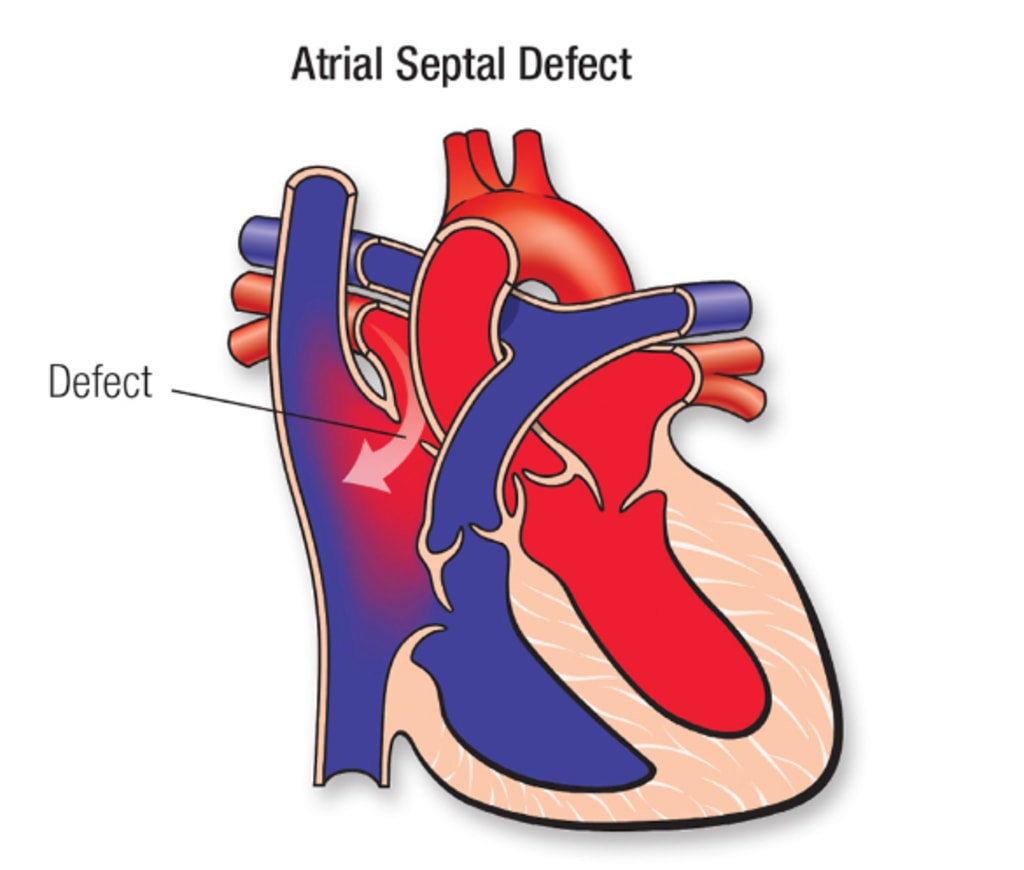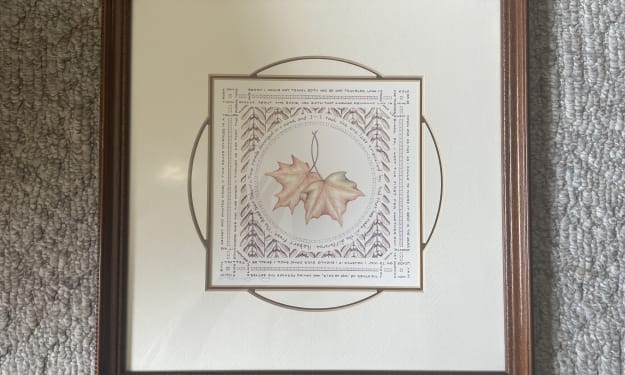
Atrial septal defect (also known as ASD or ASD birth defect) is a type of heart problem in which there is an abnormal connection between the right and left atria. This connection allows blood to flow from the right atrium through the gap between the two chambers, then on to the lungs.
Atrial septal defect (ASD) is an abnormal opening between the two upper chambers of your heart. It's called that since it's located by the foramen secundum, which means "second opening." The defect usually occurs at the top of the septum, but can occur anywhere along the wall dividing two lower chambers.
Atrial septal defect (ASD) is a heart defect in which the atria (the upper chambers of the heart) are not connected to each other properly. The left atrium does not receive blood from the left ventricle, which can cause low oxygen levels, heart failure and other problems.
Atrial septal defect (ASD) is a condition where the normal partition between the upper chambers of the heart is disrupted. This results in part of the atria (the upper chambers) not filling properly, making it difficult for blood to sufficiently oxygenate and nutrients to be delivered from the bloodstream to the cells of organs and tissues throughout our bodies.
A patent foramen ovule (PFO) is a small hole in the heart's septum that allows blood to flow back into the atria. What makes it different than other cardiac defects is that PFO can cause heart failure and other abnormalities without any signs of congestive heart failure. It also creates challenges when grafting an atrial septal defect back together or replacing an aortic valve with an artificial one.
Atrial septal defect (ASD) is a congenital heart defect of the right atrium. It is a common congenital heart defect that affects between one and six per 1,000 births in the United States. This can cause blood to flow into one side of the heart from another, causing a serious problem known as a hole in your heart. There are two types of ASD: type I and type II
An atrial septal defect, or ASD, is a hole in the upper part of one or both of the atria. This condition may also be referred to as an atrial septal defect emergent (ASD-E) or patent ductus arteriosus (PDA). The hole in the heart is usually small and can be treated with medical therapy.
Atrial septal defect (ASD) is a heart condition that affects the connections between two of the heart's four chambers. A hole or hole in the wall appears between the two sides of your heart, which makes it easier for blood to flow backwards through the circulation system as well as oxygen getting into your heart.
A ventricular septal defect (VSD) is a structural congenital heart defect in which there is a separation or opening between the right and left atria thereby allowing blood to bypass the normal pumping action of the right and left ventricles. Put simply, it is an opening between the right and left atriums that could allow blood to flow directly through it instead of flowing around your heart valves as it normally would.
The Atrial septal defect is the opening between the two upper chambers of the heart. It is a defect which occurs in about 1% of the population. More than 90% of these patients are asymptomatic, meaning that they don't report any symptoms, but may still have other congenital heart defects (CHD). An atrial septal defect can be repaired using a variety of methods including medical and surgical procedures.
The atrial septal defect (ASD) is a small hole in the atrial wall where blood flows in and out of the left side of the heart. In most cases, doctors are able to repair or close an ASD. However, some people with ASD develop symptoms such as shortness of breath, dizziness and fainting, which can be life threatening if left untreated.
The atrial septal defect (ASD) is a heart defect characterized by an opening between the two upper chambers of the heart. The opening resembles a small door in between the two main chambers and is usually very small, ranging from 1 cm to several centimetres wide. The size of the opening varies from person to person and over time as the child grows. This results to various health problems later in life for sufferers of this malformation.
About the Creator
Enjoyed the story? Support the Creator.
Subscribe for free to receive all their stories in your feed. You could also pledge your support or give them a one-off tip, letting them know you appreciate their work.





Comments
There are no comments for this story
Be the first to respond and start the conversation.